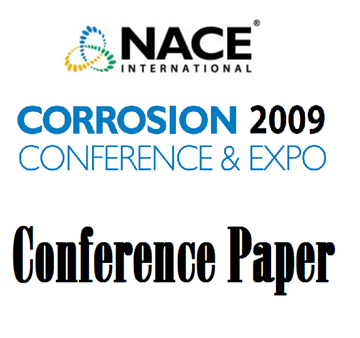Search
Products tagged with 'stress intensity factor'
View as
Sort by
Display
per page
09296 Fracture Analysis of Slow Strain Rate Test for Stress Corrosion Cracking
Product Number:
51300-09296-SG
ISBN:
09296 2009 CP
Publication Date:
2009
$20.00
Effect of DCB Side Groove Geometry on KIssc Results
Product Number:
51323-19469-SG
Publication Date:
2023
$20.00
Fatigue Loading of Test Specimens with Galvanically Induced Corrosion Damage Provides New Insight to Guide Fracture Mechanics Modeling
Product Number:
51324-20989-SG
Publication Date:
2024
$40.00



